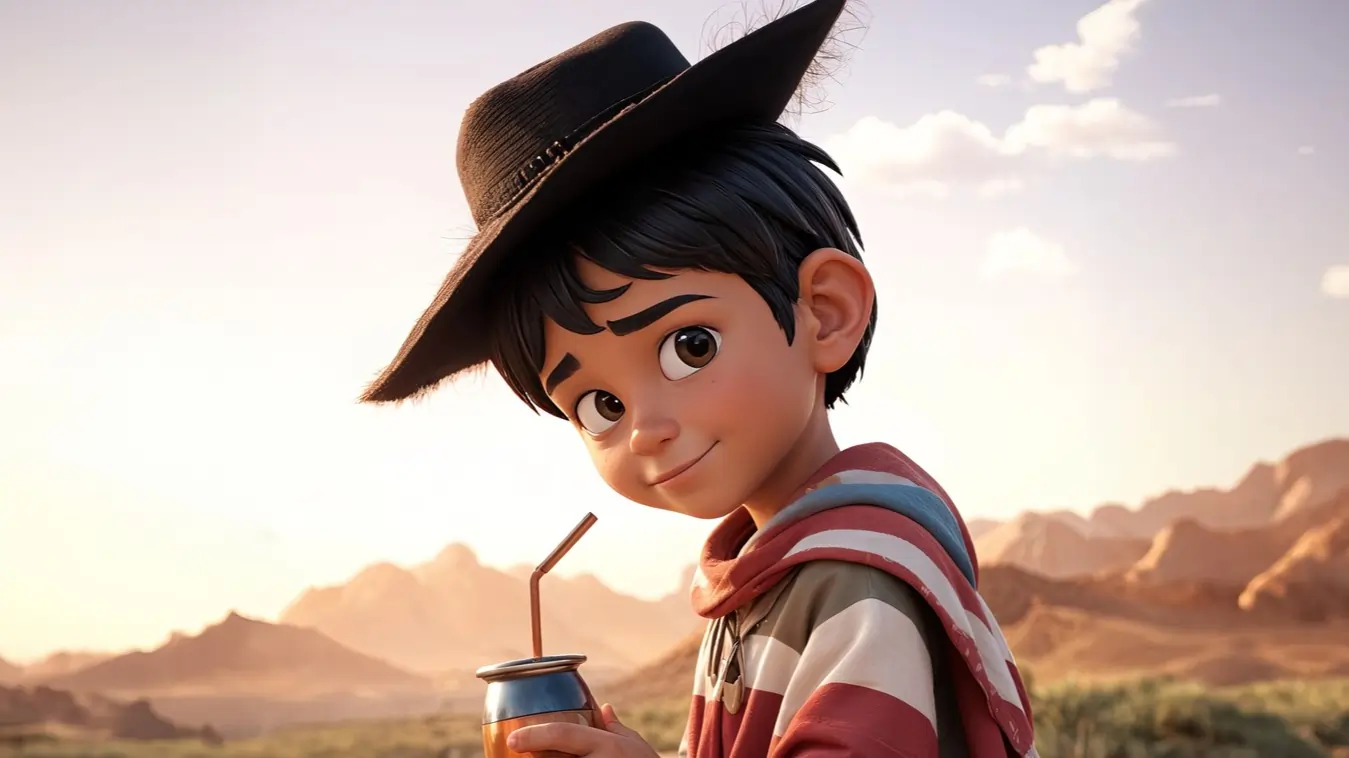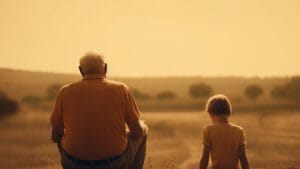Introduction
Few books transcend the boundaries of age and language like The Little Prince book. Written by the French aviator and writer Antoine de Saint-Exupéry, The Little Prince first appeared in 1943 and quickly became a global phenomenon. With its simple drawings, poetic narrative, and profound insights, The Little Prince by Antoine de Saint continues to captivate readers around the world.
In this summary, we explore every facet of this classic, from its plot and characters to its themes, history, adaptations, and legacy.
About the Author and Historical Context
Before writing The Little Prince book, Antoine de Saint-Exupéry was already a celebrated pilot and author. He flew mail routes across the Sahara and South America and wrote Night Flight (1931) and Wind, Sand and Stars (1939), reflecting his love for flight and human resilience.
During World War II, Saint-Exupéry lived in the United States, separated from his beloved France. Homesick and reflective, he penned The Little Prince by Antoine de Saint in both English and French. The book’s themes of loss, love, and longing mirror his own emotional state during this turbulent time.
The Little Prince was published simultaneously in English and French in April 1943. Although reviews were mixed at first, readers quickly embraced the story’s charm and depth. After the war, the book became a bestseller in France, part of a global wave of translations. Today, it is one of the most translated books ever published, appearing in over 500 languages.
Key Facts:
First Published: April 6, 1943 (United States) and April 20, 1943 (France)
Original Languages: French (Le Petit Prince) and English
Translations: Over 500
Illustrations: Created by Saint-Exupéry himself
What Is The Little Prince About?
The Little Prince is a short book about a pilot who crashes his plane in the desert and meets a young boy called the Little Prince. The boy comes from a tiny planet where he cares for a proud rose and keeps three small volcanoes clean. He travels to six other planets, meeting strange adults—a king who rules no one, a vain man who wants only praise, a drunkard who drinks to forget shame, a businessman who counts stars as his wealth, a lamplighter who blindly follows orders, and a geographer who never explores.
On Earth, the Little Prince befriends a fox who teaches him that “what truly matters is invisible to the eye,” and he learns to love his rose after seeing a field of roses. In the end, he allows a mysterious snake to help him return home, leaving the pilot with hope that his young friend is once again caring for his rose.
Main Characters in The Little Prince
The Little Prince
A curious, golden‑haired boy from tiny Asteroid B‑612. He cares for a single rose, loves exploring, and sees the world with wonder.The Pilot
The story’s narrator, a down‑to‑earth aviator who crashes in the desert. He befriends the Little Prince and learns life lessons through his tales.The Rose
A proud, beautiful flower on the prince’s home planet. She is both vain and vulnerable, teaching the prince about love and responsibility.The Fox
A wild animal on Earth who asks to be tamed. He shows the prince that true friendship and love come from time and care.The Snake
A mysterious serpent in the desert. He speaks in riddles and ultimately helps the prince return to his planet.The King
Ruler of a tiny planet, he issues meaningless orders. He represents adults who confuse power with wisdom.The Vain Man
Obsessed with praise, he only cares about being admired. He shows how empty vanity can be.The Drunkard
Drinks to forget his shame, trapped in a sad circle. He reflects how some people avoid their problems.The Businessman
Counts and “owns” stars as if they were wealth. He illustrates how grown‑ups can miss life’s true value.The Lamplighter
Obeys orders to light and put out his lamp every minute. He symbolizes duty and endless work.The Geographer
Records facts about worlds without ever visiting them. He shows how some adults study life but never live it.
Summary of The Little Prince
Crash in the Desert
A pilot flies his small plane over the Sahara Desert. Suddenly, the engine fails, and he must land in the sand. He has only a few days of water in his bottle. As he works to fix the engine, he draws a quick map of his position and carries out repairs. On the fifth day, as the sun sets and the wind blows hot sand, a small, golden-haired boy appears seemingly out of nowhere.
The boy asks the pilot, “Draw me a sheep.” Startled, the pilot realizes he left his sketchbook behind. He asks simple questions, and the boy explains he wants a sheep that will not eat too much grass. The pilot eventually draws a closed box and tells the boy the sheep is inside. The boy smiles widely: this gift is perfect.
During the pilot’s first hours of repair, he barely notices the prince. But as days pass, they form a bond. The pilot learns the boy is more than just a visitor; he holds lessons about life that the pilot had long forgotten
Life on Asteroid B‑612
The Little Prince reveals his home: Asteroid B‑612, a tiny world that measures only a few steps across. He describes its features:
Three Volcanoes: Two volcanoes are active. Every morning, he uses a shovel to clear their vents so they do not explode. The third volcano is extinct, but he still brushes off ashes to keep his world clean.
A Single Rose: One morning, a rose with glowing petals appears. She is proud and beautiful. She warns the prince of cold nights and drafts. He builds a glass globe and screen to protect her from frost and wind. Yet, she scolds him for his clumsy watering and worries he might leave her alone.
Baobab Shoots: Tiny seeds that drift onto the planet. If he lets them grow, they become massive trees whose roots would crack the ground. Each sunrise, the prince inspects the soil and pulls up any small shoots.
The rose and the prince share moments of tenderness: she speaks sweet words at dawn, and he listens. But her vanity and his hurt feelings lead him to question their bond. Feeling both love and pain, he decides to explore the universe in search of answers.
Visits to Six Planets
The Little Prince’s first stop beyond his own world is a very small planet inhabited only by a king. Next, he visits five more worlds, each illustrating a flaw in adult life.
The King: He wears a grand robe and crown and claims to rule the universe. He gives orders—for example, ordering a sunset at an exact time. When the prince notes that the sun sets every day anyway, the king issues a decree that it shall be so. The prince sees that authority without substance feels empty.
The Vain Man: On his planet, the vain man stands alone before a mirror, demanding applause from everyone. He claps when the prince compliments him, but his happiness is shallow and short-lived. The prince learns that vanity leaves people craving more praise, never truly fulfilled.
The Drunkard: In a dimly lit room, the drunkard sits with a bottle, drinking. He tells the prince he drinks to forget that he is ashamed. When the prince asks ashamed of what, the drunkard says ashamed of drinking. The circular logic saddens the prince.
The Businessman: Surrounded by ledgers, the businessman counts stars and writes numbers in his notebook. He claims ownership of the stars and believes his work is important. The prince asks what he does with them. The man says he keeps them. The prince sees how attaching value to things without enjoying them is meaningless.
The Lamplighter: Tasked with lighting a lamp at sunset and extinguishing it at sunrise, the lamplighter follows orders without question. His planet spins so fast that a day and night cycle happen every minute. He lights and puts out the lamp continuously. The prince admires his dedication but laments his lack of rest.
The Geographer: At a large desk, the geographer records mountains, oceans, and cities. He warns the prince that his rose should be recorded in his “book of infinity.” When asked why he never explores himself, the geographer explains he is too busy documenting and leaves exploration to others. He dismisses the rose as ephemeral, unworthy of record. This cruelty puzzles the prince.
Through each world, the Little Prince sees how adults focus on power, vanity, consumption, work without rest, and useless study—losing sight of joy and meaning.
Arrival on Earth
When the Little Prince lands on Earth, he is surprised by its size and loneliness. He finds a desert with silence pressing in on all sides. He first encounters a snake coiled on a rock. The snake speaks softly, offering mysterious help: he can return the prince to his home with just a bite. The prince senses danger but is also drawn to the idea of returning.
Encounters in the Desert:
A Flower of Thousands: In a park, the prince sees a vast garden of roses identical to his own. Heartbroken, he realizes his rose is not unique. He wanders off in tears.
A Fox: Taming the fox takes patience. The fox asks the prince for friendship, explaining taming means creating ties. Each meeting, the fox teaches the prince about rituals, patience, and looking beyond the obvious.
The Fox’s Lessons:
Invisible Truths: “What is essential is invisible to the eye.”
Responsibility: “You become responsible, forever, for what you have tamed.”
These lessons transform the prince. He understands his rose’s importance comes from his care. Love and responsibility go hand in hand.
Encounters Before Leaving
After the fox, the Little Prince meets two more characters who highlight adult oddities:
The Railway Switchman: Surrounded by tracks, he sorts trains with travelers. The prince learns people always rush to somewhere, never content with where they are. The switchman has no time to ask where they come from.
The Merchant: He sells pills that quench thirst for days. The prince is amused: adults prefer swallowing pills to simple drinking. He says he would rather spend time drinking water and talking with friends.
These final meetings confirm the prince’s belief that children find joy in moments adults often discard.
Return Home
On a clear morning, the snake appears again. The Little Prince asks for the snake’s help to go back to Asteroid B‑612. He lies down, allowing the snake to bite him gently. The venom is swift, and the prince feels his body grow light. The pilot returns to his plane, tears in his eyes, believing the prince’s spirit flies to his home.
Aftermath: The pilot fixes his engine and leaves the desert. Each night, he gazes at the stars. He hears the prince’s laughter in the wind and imagines him caring for his rose. He ends with a request: if you ever see a golden-haired boy in the evening, send word that the Little Prince is safe.
Main Themes in The Little Prince by Antoine de Saint Exupéry
1. The Importance of Looking Beneath the Surface
One of the most famous lines from the book is:
“What is essential is invisible to the eye.”
This means the most important things in life—like love, friendship, and truth—can’t be seen with your eyes. You have to feel them with your heart. The Little Prince learns this when he tames the fox and understands what makes his rose truly special.
2. Childhood vs. Adulthood
The book shows how children see the world with wonder, curiosity, and imagination. Adults, on the other hand, often focus too much on numbers, rules, and power. Through the prince’s journey, we see how grown-ups sometimes forget what truly matters in life.
3. Loneliness and Connection
Many characters in the book are lonely. The pilot is alone in the desert. The prince feels misunderstood. The fox is also lonely and wants to be tamed. The story teaches us that connection, love, and friendship make life meaningful.
4. Love and Responsibility
The prince learns that love is not just a feeling; it’s also about being responsible for the one you love. His rose may be difficult at times, but he understands he must care for her because he chose her.
5. Loss, Memory, and the Invisible Bond
Even after the Little Prince leaves Earth, the pilot still remembers him. The book shows that when we lose someone, they remain with us in memory and in heart. The stars remind the pilot of his little friend, turning sadness into quiet joy.
Key Takeaways from The Little Prince
See with your heart, not just your eyes.
What truly matters—love, kindness, meaning—can’t always be seen or measured.Stay curious and open like a child.
Adults sometimes lose their sense of wonder. The Little Prince reminds us to ask questions, be curious, and care deeply.Take care of your relationships.
Just like the prince takes care of his rose, we must nurture our friendships and the people we love.Everyone is fighting their own silent battles.
Each adult the prince meets represents a problem or mindset. The drunkard drinks out of shame. The businessman misses the beauty of stars. These are lessons about human nature.Goodbyes are not always the end.
Even after the prince disappears, his memory lives on. Real love and friendship leave lasting marks.
Conclusion
The Little Prince by Antoine de Saint Exupéry is more than just a story about a boy from another planet. It is a thoughtful, poetic tale about love, friendship, loneliness, and the beauty of seeing the world through a child’s eyes. Through the prince’s simple questions and honest heart, the book gently teaches us how to live better—not by chasing power or riches, but by forming real connections and caring deeply for others.
It reminds us that life’s most important truths are often hidden and can only be seen by those who are willing to feel, love, and believe. Whether you’re a child, a teenager, or an adult, The Little Prince offers timeless wisdom that speaks to the heart.
Must Read:




